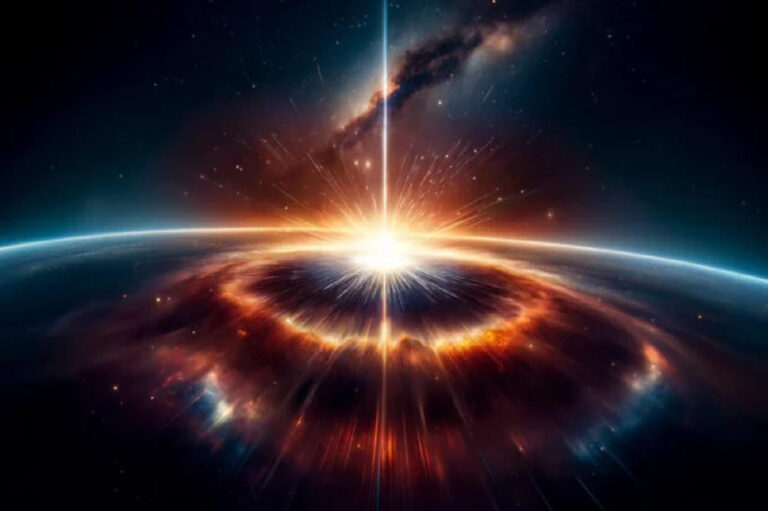From the earliest moments humans could gaze at the night sky, we’ve been captivated by the cosmos that sprawls endlessly above us. The origin of this immense and complex universe has puzzled philosophers, scientists, and dreamers alike. Unlike ancient civilizations, which often attributed the cosmos to divine beings, modern science offers us a more tangible genesis through the Big Bang theory, a concept that has significantly shaped our understanding since the early 20th century.
The theory began to take shape through the pioneering work of scientists like Alexander Friedmann, Georges Lemaître, and Edwin Hubble during the 1920s and 1930s. But it wasn’t until 1964, when Arno Penzias and Robert Wilson made groundbreaking discoveries, that the Big Bang theory was widely accepted. So, let’s rewind a bit to get a clearer picture of this monumental insight.
A Misleading Name for a Complex Phenomenon
Despite its explosive connotations, the Big Bang was not an explosion in the conventional sense. Picture the universe as a minuscule dot, suddenly expanding, ballooning out to form everything we see today. This event, which scientists estimate happened about 13.8 billion years ago, marks the beginning of space-time itself, a concept that is as bewildering as it is fascinating.
Before the Big Bang, there was no space, time, or matter as we understand it today—just an incomprehensible void. The name “Big Bang” actually originated from British astronomer Fred Hoyle during a radio broadcast in the 1950s. Ironically, Hoyle, who was skeptical of the theory, used the term derisively, but it stuck and has since captivated the public’s imagination.
Key Evidence Supporting the Big Bang
The theory rests on two pivotal discoveries. In 1929, Edwin Hubble observed the redshift in distant galaxies, revealing that these galaxies were moving away from us, suggesting that the universe was expanding. This was a revolutionary idea at the time, overturning the then-prevailing notion of a static universe and suggesting that everything we see was once compressed into an unimaginably dense point, or singularity.
The second major piece of the puzzle was the discovery of the cosmic microwave background radiation (CMB) by Penzias and Wilson in 1964. This radiation is a type of thermal radiation filling the universe, serving as a remnant echo from the early universe—just 380,000 years post-Big Bang. This discovery was crucial as it provided direct evidence of the universe’s hot, dense beginning.
More Than Just a Theory
Understanding the Big Bang isn’t just about pinning down the birth of the universe. It also provides a framework for exploring the origins and evolution of everything we see around us. Yet, the Big Bang is not an endpoint; it’s the beginning of an ongoing journey into the mysteries of the cosmos. Many questions remain, from the nature of dark matter and dark energy to the potential for parallel universes or extraterrestrial life.
Indeed, the Big Bang theory has evolved from a simple explanation into a foundational element in our quest to understand the broader temporal and cosmic context of our existence. As we continue to gaze at the stars, it’s a reminder that our quest for knowledge is far from over, and the universe still holds many secrets waiting to be unlocked.






